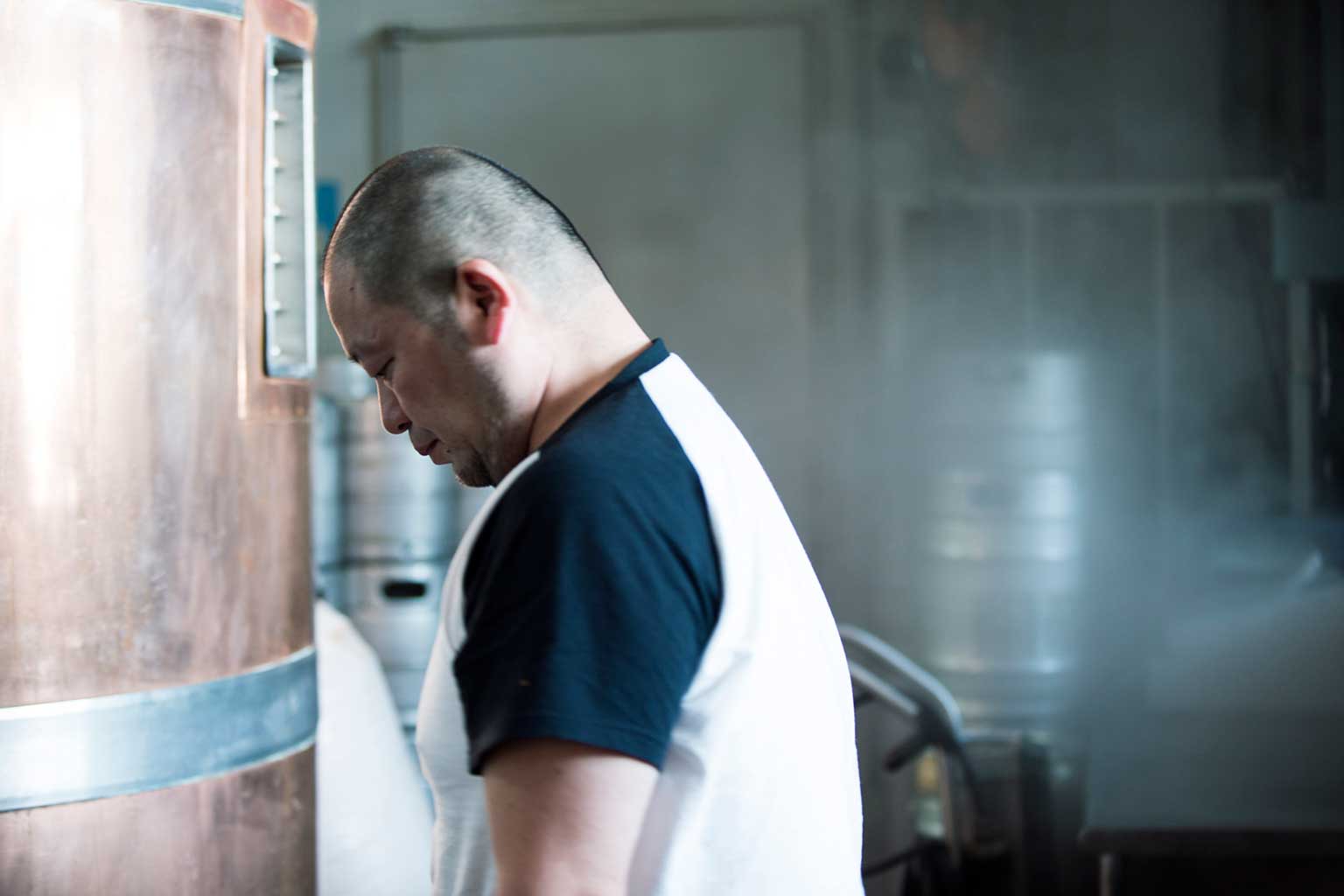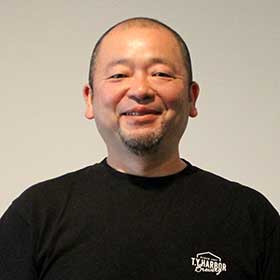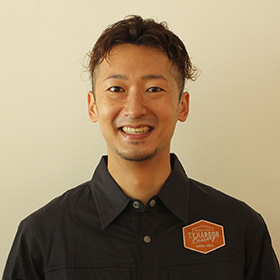ABOUT
Traditional ingredients,
traditional flavor
That is the goal we aim for
OUR BEER
Love for Tokyo, value for tradition
We pride ourselves on making Tokyo beer in Tennoz for years. This is something many companies have lost in exchange for mass production and expansion of distribution. To maintain our quality we have continued to use traditional methods at the hands of skilled craftsmen, using only natural ingredients. We have refrained from expanding our bottle distribution, keeping close tabs on our production volume, creating craft beer that we can truly call MADE IN TOKYO.
Great Product, Great Quality
The yeast that provides the flavor are killed by pasteurization or filteres out of mass-produced beer to achieve longer shelf life. Our beers are entirely unfiltered and unpasteurized for maximum flavor, always. In order to maintain this quality, fresh beer is drawn from the tanks into kegs as needed to ensure optimum freshness and hand-delivered to each restaurant by the brewery team who also pride themselves on quality management.
Creating a lifestyle to enjoy craft beer
Our classic year round beers are made with a focus on its drinkability, in an effort to introduce craft beer to as many people as possible. Each member of the brewery team are constantly coming up with new ideas to create unique beers as well. Our many restaurants all have different concepts in which we will suggest different ways to enjoy our craft beer, food and service.

WHAT IS CRAFT BEER
Beer has been made for thousands of years, since the times of the early civilizations in Egypt and Mesopo-tamia. It was the first processed grain product, and the first alcoholic beverage. Brewing beer was found to be the best way to make the vitamins and other nutrients of grain more easily assimilated by the human body. Many believe that it was beer that gave people a reason to settle down and become farmers. As the industrial revolution came into full swing in the 19th century, mechanization and refrigeration made it possible to produce beer in mass quantities and ship it far and wide. Beer made and sold this way was far cheaper, and large brewing industries began to emerge. Naturally, this led to the demise of beer as a high quality local product, much like good bread.
After over a century of traditional locally produced beer giving way to mass produced beer with less and less character, many people began to realize the loss of one of our oldest traditions: high quality fresh-brewed local beer. From the 1980s, very small breweries began to emerge again in Europe and North America, brewing traditional types of beer for people who cared about flavor. This“microbrew”revolution came to Japan in the mid-90s with a change in brewery license regulations. In 1997, T.Y.HARBOR Brewery became part of this revolution in beer flavor.
At one point there were over 300 breweries, but due to high prices and changes in quality, the boom died down decreasing this number to under 200. The breweries that have managed to stay alive continued to deliver the fascinating aspects of craft beer. At the same time, new brewers emerged, the understanding of high quality beer deepened, starting a new craft beer revolution in the 2000's. The stories of new brewers and their methods drew attention and the new style of enjoying craft beer is being etablished. Going back to natural and traditional methods and maintaining quality, craft beer is surely growing into a new culture where people can display their individuality and creativity.
BREWING PROCESS
1.Malting
Barley is soaked in water until it just sprouts, then dried, turning from greenish to golden. This releases natural enzymes necessary for proper brewing. The result of this process is called “malt.” Some are roasted to achieve varying degrees of color for use in specialty beers.
2.Mashing
The barley malt is crushed, then steeped in hot water at a certain temperature to allow the enzymes to convert the starches to sugars. The result is a liquid called “wort” which is sweet to the taste.
3.The boil
The wort is boiled for extended amounts of time to further break down the sugars. Hops are added at various stages to create the bitterness and aroma profile.
4.Fermentation
At the end of the boiling process, the wort is quickly chilled to prevent oxygenation, and when it drops to around body temperature, the yeast is added and fermentation begins. The yeast eats the malt sugars, and turns them into alcohol and carbon dioxide gas.
5.Secondary fermentation
After the main fermentation activity subsides, the young beer is then stored in sealed tanks for several weeks to allow particles to settle out and fermentation to continue. After a certain period of aging, which melds the flavors, the beer is ready to serve.
6.Kegging
The beer is drawn from the tanks into kegs as needed to ensure optimum freshness. T.Y.HARBOR Beer is never filtered or pasteurized―your assurance of true beer flavor.
OUR BREWER

Kazunaga Abe
Brewmaster
After T.Y.HARBOR BREWERY was first created in 1997, I raised my hand to be a part of the team and start my journey of beer making. I studied the methods of brewing from a craftsman from San Francisco for one year, where I sought for traditional, authentic flavors. Currently, as the brewmaster, I check the quality of our year round beers and test new batches of beer in our pilot brewery.
Specialty brewing yeasts are the heart of quality beer flavor, and so my skills as brewmaster are tested by how I manage to create an environment where the yeast can be active. Of course, we would love for craft beer fans to enjoy our beer, but we would also love for craft beer beginners to take this opportunity to take a step into the world of craft beer.
As a microbrewery, I plan on challenging myself further by continuing maintenance of our year round beers, creating new and original seasonal beers and re-creating historically classic beers.

NOBUHITO OZAWA
Brewer
I have experience in many different styles of cuisine including French and have surrounded myself with the world of craftsmanship as a chef. In addition, due to the nature of my profession, I was always exposed to different types of alcohol. I was especially fascinated by the depth and diversity of craft beers, and I gradually became interested in the process of brewing beer.
While working at a beer bar as a chef, I was exposed to even more to the world of craft beer and eventually began to feel that I wanted to brew beer myself. That beer bar had its own brewery but due to transfers and timing factors, my hopes never became true.
Although there were no openings for the brewery, I couldn't help but take action and applied for a position at T.Y.HARBOR. I worked as a waiter for a little less than a year, and now I am working as a brewer living my dream.
Moving forward, I would like to brew different beers based off the traditional beers of T.Y.HARBOR Brewery but adding my knowledge and senses gained from my experience as a chef to create beers with a twist that many people will enjoy.

TSUBASA OTANI
Brewer
One encounter with a bottle was the path that led me to become a craft beer lover. I was attracted by the modern and stylish label and bought a bottle of BREWDOG PUNK IPA. I still vividly remember marveling at how extremely it stimulated my senses. Gradually, I became addicted to the beautiful world of craft beers.
I used to be a bartender and mixologist. While I was working hard to mix and match a wide variety of liquors and ingredients for cocktails, deep down inside I knew that my desire to make craft beer was growing stronger and stronger by the day. It was during this time that I was fortunate enough to join T.Y.HARBOR Brewery.
Although I am still new in the industry, I hope to become a full-fledged brewer as soon as possible by learning from the work and various information at the brewery.
My personal preference for beers is floral flavored with elegant aromas. I hope I’ll be able to recreate that flavor profile within my own brewing. I hope my experience and skills as a mixologist will assist me in creating abstract, colorful and innovative brews. I am looking forward to seeing where this path takes me.

TAKUYA MATSUMURA
Brewer
After working as a chef for about 10 years, I went to Australia for language study.
I vividly remember being struck by how incredibly delicious a beer made with pink grapefruit was.
That experience got me hooked on craft beer, and as I visited many local breweries and encountered various beers, the desire to brew my own beer grew stronger.
I eventually transitioned into brewing.
After returning to Japan, I honed my brewing skills at a brewery in Aomori, and now I'm back in Tokyo.
I'm excited to see how my own beer, crafted from all my experiences, will be received here.

Chika Okumura
Assistant
I met a lot of different kind of guests as a bartender, which was also where I learned about the charm of beer and why I decided to join the company. I am in charge of managing beer orders and delivery, managing inventory, brewing support and creating seasonal beers.
Unlike cocktails which you can make on the spot, it takes time to see any results in beer after preparation. You have to consider anything that could happen during the process that could change the flavor. It's not as simple as mixing ingredients together. Yeast is a living organism so even if you prep the same way, it is very difficult to create the same flavor. The fun, and most difficult, part is finding ways to create the flavor in your head. But the more I learn about the art of beer making, the more I realize the depth of it.
My goal is to keep on perfecting the flavors of our year round beers, while also creating new beers that will surprise the world. I hope to pique an interest in those who have never tasted beer before or those who aren't used to drinking beer, and provide an opportunity for them to take a sip.

